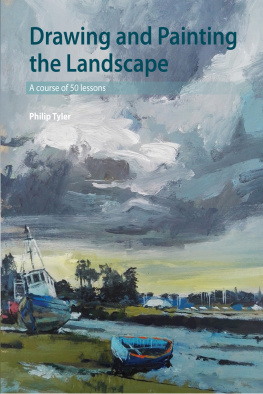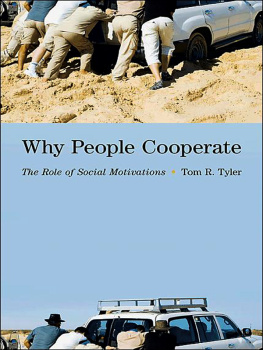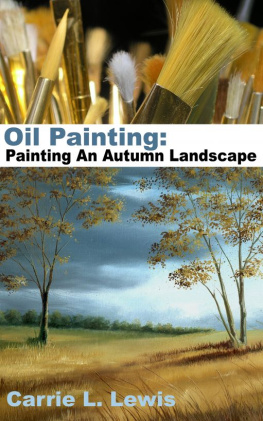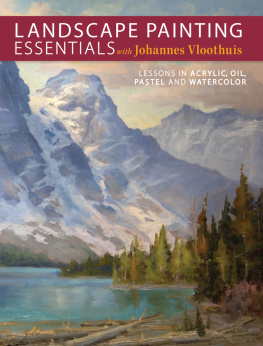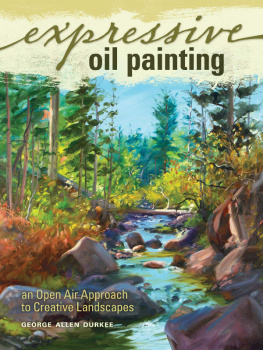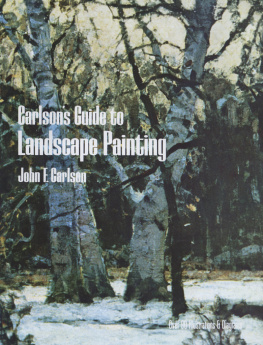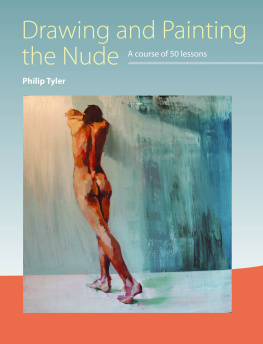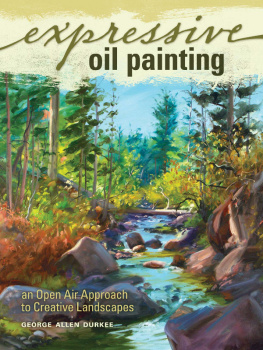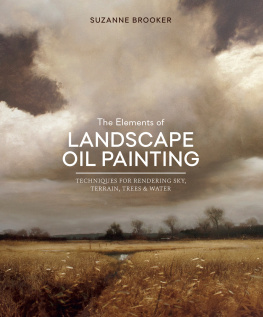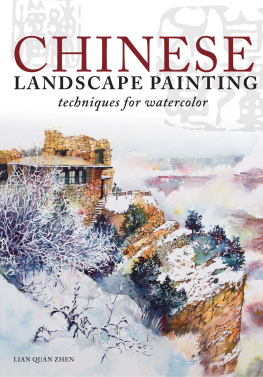Tyler - Drawing and painting the landscape: a course of 50 lessons
Here you can read online Tyler - Drawing and painting the landscape: a course of 50 lessons full text of the book (entire story) in english for free. Download pdf and epub, get meaning, cover and reviews about this ebook. City: Ramsbury, year: 2017, publisher: The Crowood Press, genre: Home and family. Description of the work, (preface) as well as reviews are available. Best literature library LitArk.com created for fans of good reading and offers a wide selection of genres:
Romance novel
Science fiction
Adventure
Detective
Science
History
Home and family
Prose
Art
Politics
Computer
Non-fiction
Religion
Business
Children
Humor
Choose a favorite category and find really read worthwhile books. Enjoy immersion in the world of imagination, feel the emotions of the characters or learn something new for yourself, make an fascinating discovery.
- Book:Drawing and painting the landscape: a course of 50 lessons
- Author:
- Publisher:The Crowood Press
- Genre:
- Year:2017
- City:Ramsbury
- Rating:5 / 5
- Favourites:Add to favourites
- Your mark:
- 100
- 1
- 2
- 3
- 4
- 5
Drawing and painting the landscape: a course of 50 lessons: summary, description and annotation
We offer to read an annotation, description, summary or preface (depends on what the author of the book "Drawing and painting the landscape: a course of 50 lessons" wrote himself). If you haven't found the necessary information about the book — write in the comments, we will try to find it.
Drawing and painting the landscape: a course of 50 lessons — read online for free the complete book (whole text) full work
Below is the text of the book, divided by pages. System saving the place of the last page read, allows you to conveniently read the book "Drawing and painting the landscape: a course of 50 lessons" online for free, without having to search again every time where you left off. Put a bookmark, and you can go to the page where you finished reading at any time.
Font size:
Interval:
Bookmark:
Drawing and Painting the Landscape
A course of 50 lessons
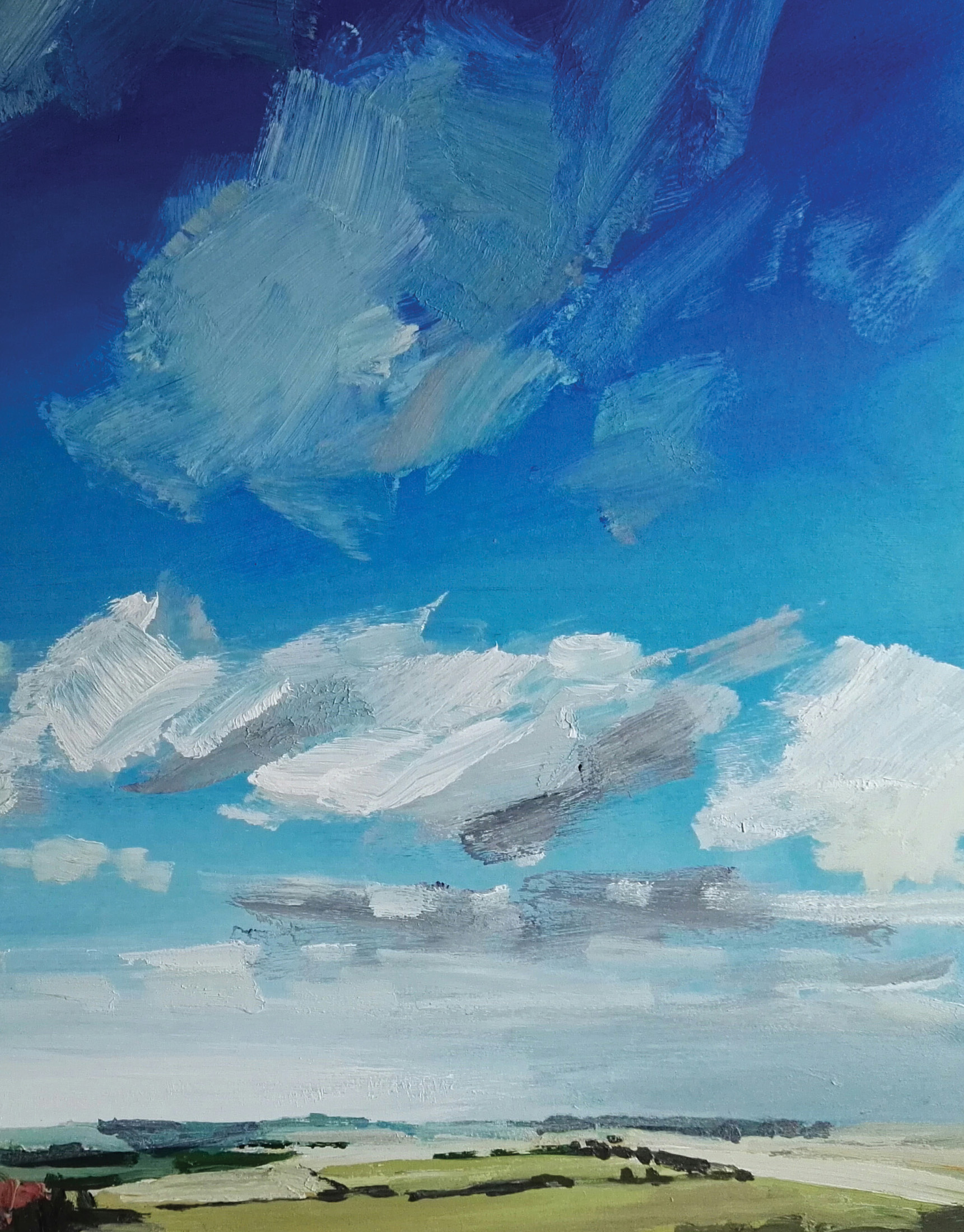
Drawing and Painting the Landscape
A course of 50 lessons
Philip Tyler

THE CROWOOD PRESS
First published in 2017 by
The Crowood Press Ltd
Ramsbury, Marlborough
Wiltshire SN8 2HR
www.crowood.com
This e-book first published in 2017
Philip Tyler 2017
All rights reserved. This e-book is copyright material and must not be copied, reproduced, transferred, distributed, leased, licensed or publicly performed or used in any way except as specifically permitted in writing by the publishers, as allowed under the terms and conditions under which it was purchased or as strictly permitted by applicable copyright law. Any unauthorised distribution or use of thistext may be a direct infringement of the authors and publishers rights, and those responsible may be liable in law accordingly.
British Library Cataloguing-in-Publication Data
A catalogue record for this book is available from the British Library.
ISBN 978 1 78500 325 7
Frontispiece: Brancaster Staithe Tears, acrylic on board.
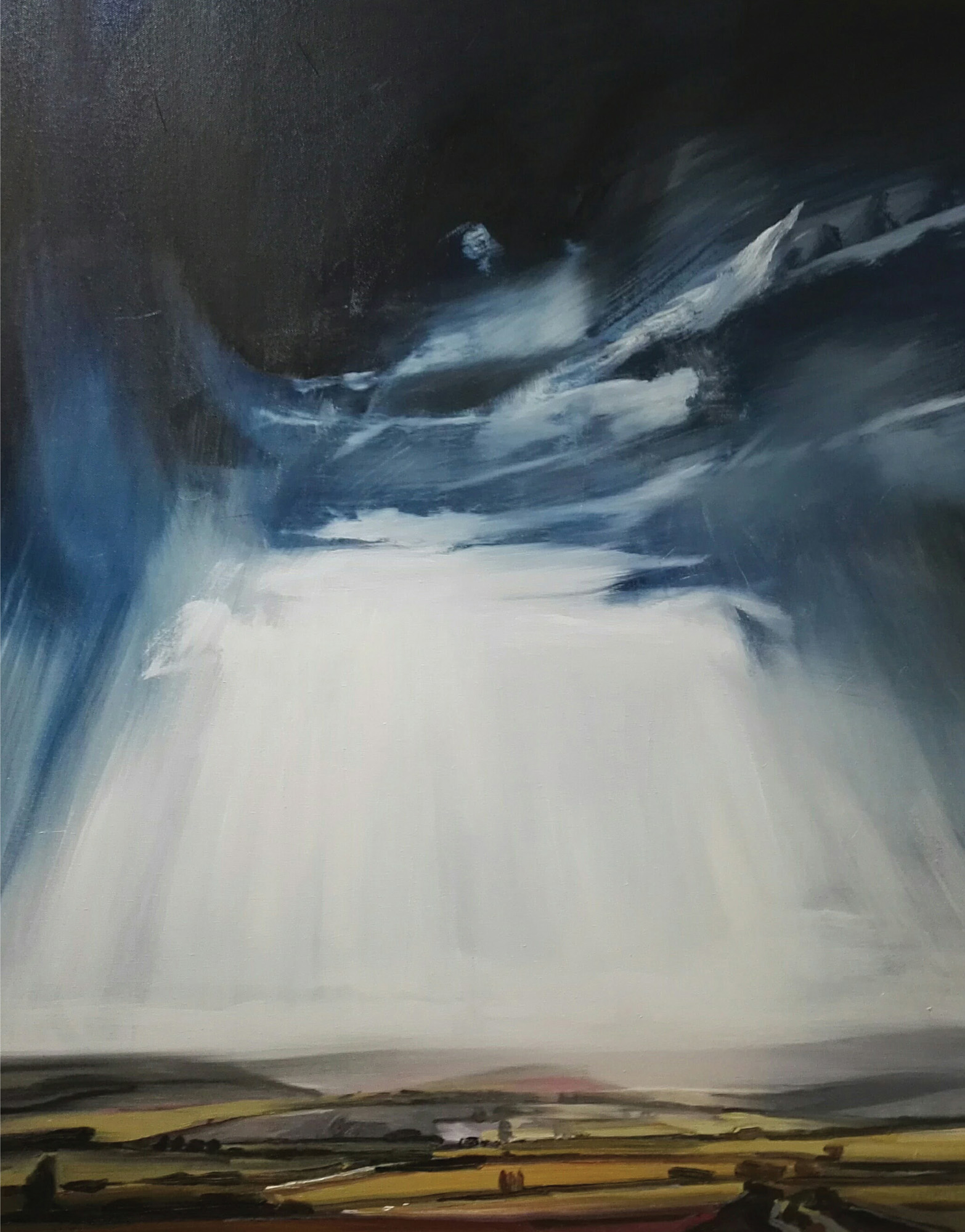
Contents
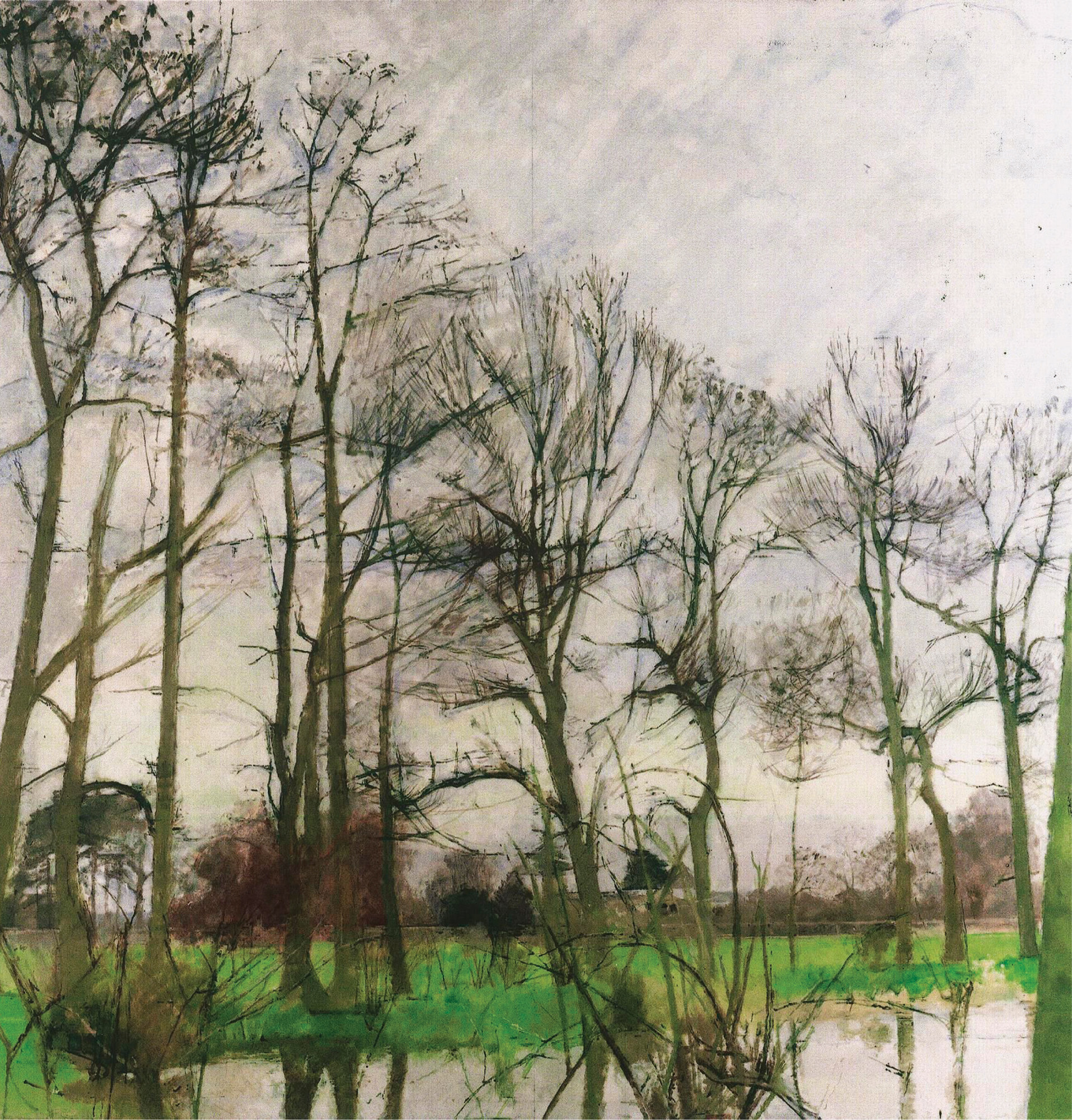
Patrick George, Curtain of Trees (2000), oil on board. (Courtesy of Browse and Darby Gallery)
Preface
T he day had started promptly enough. A light scraping of ice on the windscreen. A car full of the things I would need to interview Patrick George: a camera, my phone to record the interview and a few gifts too. Five or six turns of the car key confirmed that my car was dead and a faltering battery was indeed not fit for much else. An hour or so later, the AA man was on his way; for what would be a busy day, I set off on my journey. As I drove through West Sussex, my thermometer hit -8C at one point, but the landscape did not seem that cold, bathed as it was in a golden light. Driving through Essex, the countryside became an altogether different vista; heavy cloud created a muted space, a subdued series of colour patches, a flat pattern of shapes. As I entered Suffolk, the space seemed to stretch away from me but formed a thinner, more compressed landscape. The air began to lift and colour began to seep in, permeating the landscape, bringing it back from grey.
As I entered Patricks house, greeted warmly by both Patrick and Susan, and the fresh soup and bread that Susan had made that morning, I saw that his house seemed to have light coming in from all sides. On the walls were fellow comrades in arms, a Tony Eyton, a William Coldstream, a Craigie Aitchison, and a Jeffery Camp, each one quietly exuding their presence on the space. After this delicious fare, I began to talk with Patrick and he began to interview me.
Why paint landscape? His eyes looked straight at me, making me justify my own responses to the North Norfolk coast and the Sussex Downs. I discussed the emotions and recollection one had in front of a particular space. At that moment, I wished my phone were on record; his thoughts sparkled in the room, which seemed to light up in front of me. Eventually, my phone switched on and our conversation developed over the next hour. We talked about us both growing up in an urban environment, he Manchester, me London, and the notion that the landscape may have offered us both an escape, a chance to look into the far distance rather than at ones feet. We talked about drawing, about colour and more than anything about really looking.
As the interview developed, the light seemed to grow in luminosity, moving across the floor and gradually riding up over Patrick himself. His face became bathed in the most glorious intensity; the loaf, soup bowls and coffee cups became magical and luminescent. Every so often, Patrick would look away from me, and stare out of the window into his garden. I knew what he was thinking, he was probably waiting for the moment when he could paint that view. His oil paints and easel already there in preparation for the moment.
You tend to think of great paintings in galleries, private collections or museum walls. You dont expect to see paintings that you have grown to love, stacked up against the wall with their backs turned. Susan later unveiled each in turn, a view of Hickbush, a Saxham tree, the facade of a building; paintings I have grown to love since my first encounter with a George back in the mid 1980s at the hard won image show. What touched me then was this simple idea: paint what you see, discover the extraordinary in the everyday. That painting with its electrical pylon rooted itself in my psyche. Its flatness, a configuration of shapes and colours, a mutable landscape, Patrick had revisited the same spot over and over again. Finding that the space had changed, he simply recorded his new experience, trying to make sense of his visual experience.
Within a year of that show I was studying in America, experiencing a light I had never seen before, a magical light, intense, clear and richly saturated. Everything seemed to be in sharp focus, and it was during that time I saw my first Richard Diebenkorn.
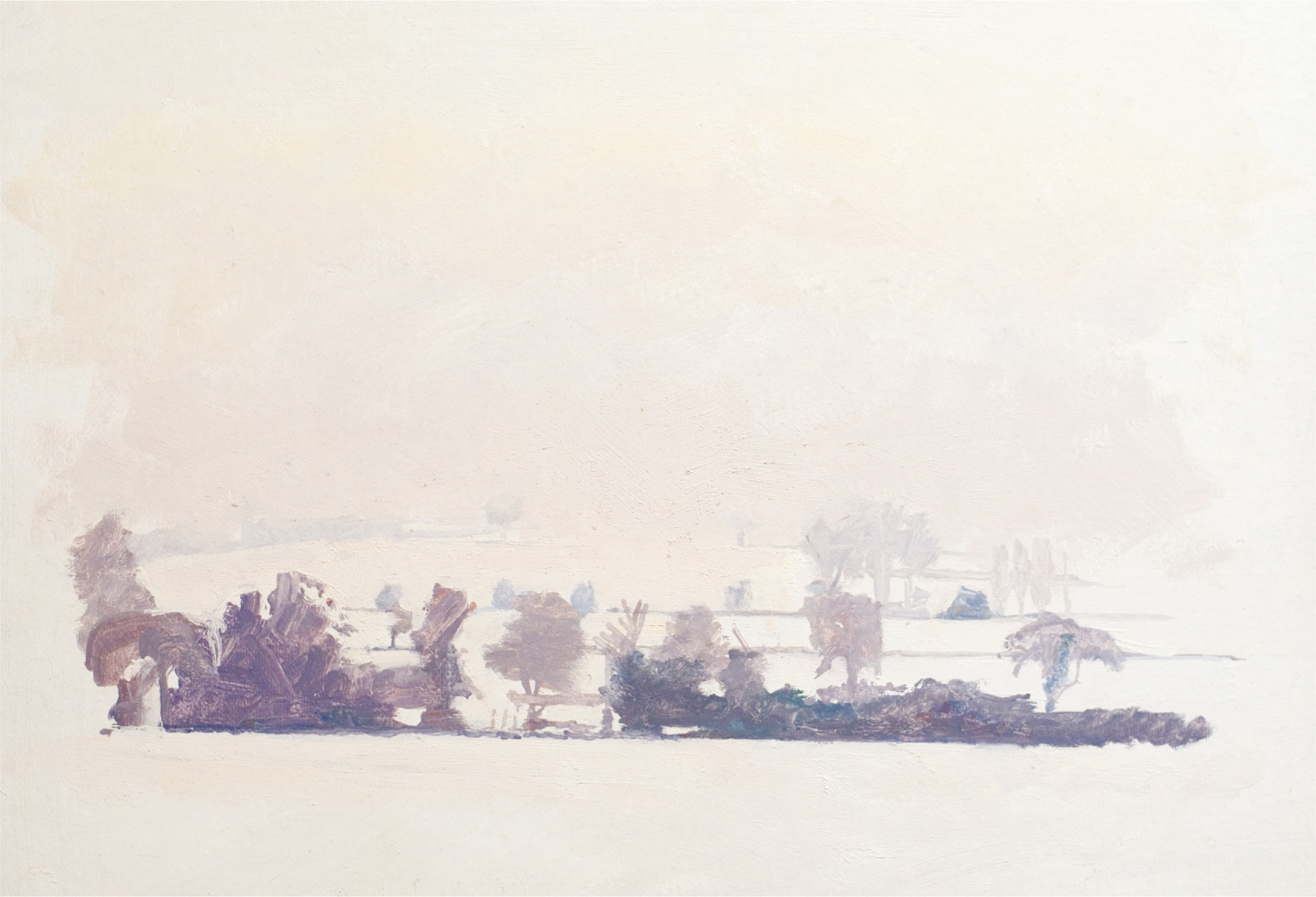
Patrick George, Winter Landscape, Hickbush, late 1970s. (Courtesy of Browse and Darby Gallery)
Whilst I never made the connection back then, as I looked again at these Patrick George paintings in the flesh I saw parallels, the often-rectilinear movements of the landscape punctuated by diagonals, the evidence of contemplation, the need to get to some kind of truth that could only be arrived at over time by dedication, questioning and transformation. Would this colour work? How could one capture the experience of light falling on that leaf? I was rather interested in Patrick discussing his choice of Suffolk. Somehow there were fewer leaves on the trees here, less obstacles to deal with, yet his paintings are full of the problems he has set himself to solve. When I asked him about what aspect of landscape he was trying to convey, he simply said that he just wanted to do the best he can. Like a bird resting lightly on a branch, Patricks touch is a delicate one, barely breathing the paint on the surface of the support. His paint tubes, and there were many greens, are testament to time some seemed to hark back to an earlier age.
It was once said that Coldstreams brushes were perfectly clean and free from pigment, cleaned constantly in the process of making a mark, his indecision becoming a nervous set of ticks. Im not sure if George is so bogged down by measurement, his canvases have a decisiveness and breadth of mark, that suggests he is not anchored by measurement, but they are full of contemplation. The loaded gestural attack of Bomberg or Auerbach, the trail of the hand not part of Georges oeuvre. Instead, his luminous canvases are full of light and air. Again I am reminded of Diebenkorn and his Ocean Park paintings, whilst the saturation of Diebenkorns paintings are permeated with Californian light; they have the same touch. They say you should never meet your heroes. Whilst I never met Richard Diebenkorn, I have a handwritten letter from him. When I received this in the mid 1980s, I was touched by the humanity of the man. He was honoured and flattered that I had so forthrightly engaged with his paintings, and I felt the same kind of connection with Patrick, a man of exacting visual intelligence, conviction but also humility. I came away from his house and before I got into my car, I realized that I was surrounded by the subjects of his paintings. Those trees in a field, that branch and roof; everywhere I looked I saw another of his paintings. On my way to Suffolk, I reflected on all those landscapes I had seen and how many Patrick George paintings could be made. On my way home I had a similar experience, every view seemed filled with the light in his work.
Next pageFont size:
Interval:
Bookmark:
Similar books «Drawing and painting the landscape: a course of 50 lessons»
Look at similar books to Drawing and painting the landscape: a course of 50 lessons. We have selected literature similar in name and meaning in the hope of providing readers with more options to find new, interesting, not yet read works.
Discussion, reviews of the book Drawing and painting the landscape: a course of 50 lessons and just readers' own opinions. Leave your comments, write what you think about the work, its meaning or the main characters. Specify what exactly you liked and what you didn't like, and why you think so.

